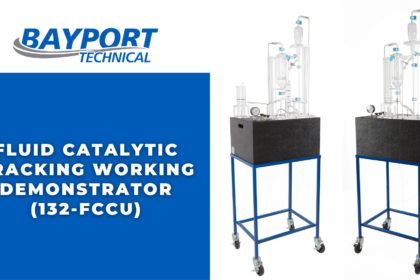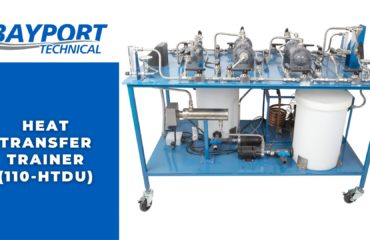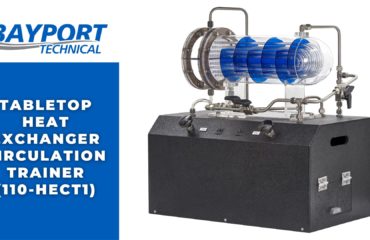
Have you ever wondered where the gasoline that powers your car comes from? Gasoline doesn’t occur naturally, like water from an underground spring. Instead, it starts out as crude oil that must be refined to produce the fuel that powers engines around the world.
Large oil refineries convert crude oil into gasoline, but that’s not all they do. Crude oil comes in a variety of types and qualities, and refineries must use a variety of processes to maximize the products they’re able to extract. In addition to gasoline, refineries produce many other types of petroleum products.
Refining is a complex process that breaks down crude oil into multiple component substances. Those components can then be subjected to other processes to create different products. The more complex a refinery is, the more secondary conversion capability it will possess.
For example, one of the most important secondary conversion processes is known as fluid catalytic cracking (FCC). Unlike physical separation processes, FCC is a chemical process that takes place in a fluid catalytic cracking unit (FCCU) (also known as a Cat Cracker).
FCC breaks down large hydrocarbon molecules into smaller molecules by exposing them to extreme heat, low pressure, and a solid, sand-like catalyst, such as bauxite, silica-alumina, zeolite, or aluminum hydrosilicate. The resulting effluent then gets processed in a fractionator to separate it into intermediate products.
The FCC process allows a refinery to maximize the amount of gasoline that can be refined from each barrel of oil. This also maximizes profitability, since the FCC process is efficient, uses less heat, and produces reliable results.
The FCC process can convert vacuum gas oils, straight run atmospheric gas oil, atmospheric residues, as well as heavy stocks left over from other processes. In addition to gasoline, the FCC process can create a variety of other petroleum products, such as liquefied petroleum gas, butane, light gas oil, heavy gas oil, and clarified slurry oil.
A Cat Cracker consists of three essential pieces: the reactor, the regenerator, and the fractionator. The reactor primarily functions as a separator, directing spent catalyst to the regenerator and cracked products to the fractionator.
In the regenerator, spent catalyst is regenerated by removing coke deposits with high temperature air. The fractionator is a distillation column that separates the cracked product into different petroleum products based upon boiling point. Leftover product, called cycle oil, gets recycled back to the beginning of the process where it is mixed with fresh feed and catalyst.
Bayport Technical’s Fluid Catalytic Cracking Working Demonstrator (132-FCCU) is a training aid that teaches users the basics of the fluid catalytic cracking process. The unit consists of a reactor, generator, standpipes, risers, and an air blower that forms the catalyst circulation system.
The catalyst flow is controlled by the valves on the reactor and regenerator standpipes. Circulation fluidizing of the catalyst is achieved by injecting air into the air inlet of the regenerator, the steam inlet of the stripper, and the feed inlet to the reactor riser.
It is controlled by three individual needle valves. Evaluations of start-up, operation, and shut down procedures in these units can be invaluable to educators, as demonstrations of catastrophic events may be safely simulated. Visit Bayport Technical’s website to learn more about the Fluid Catalytic Cracking Working Demonstrator, as well as the wide variety of other technical training products available.



